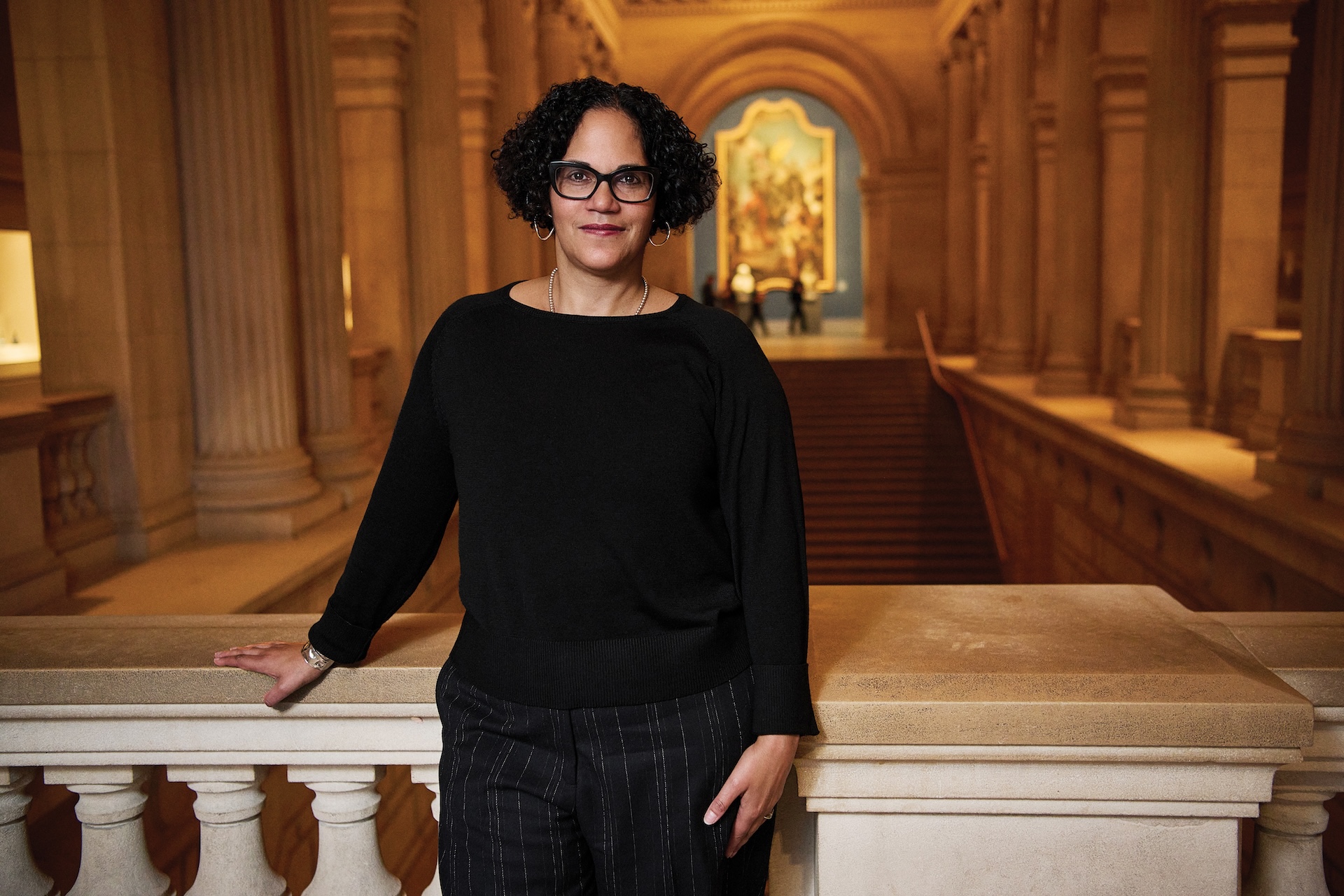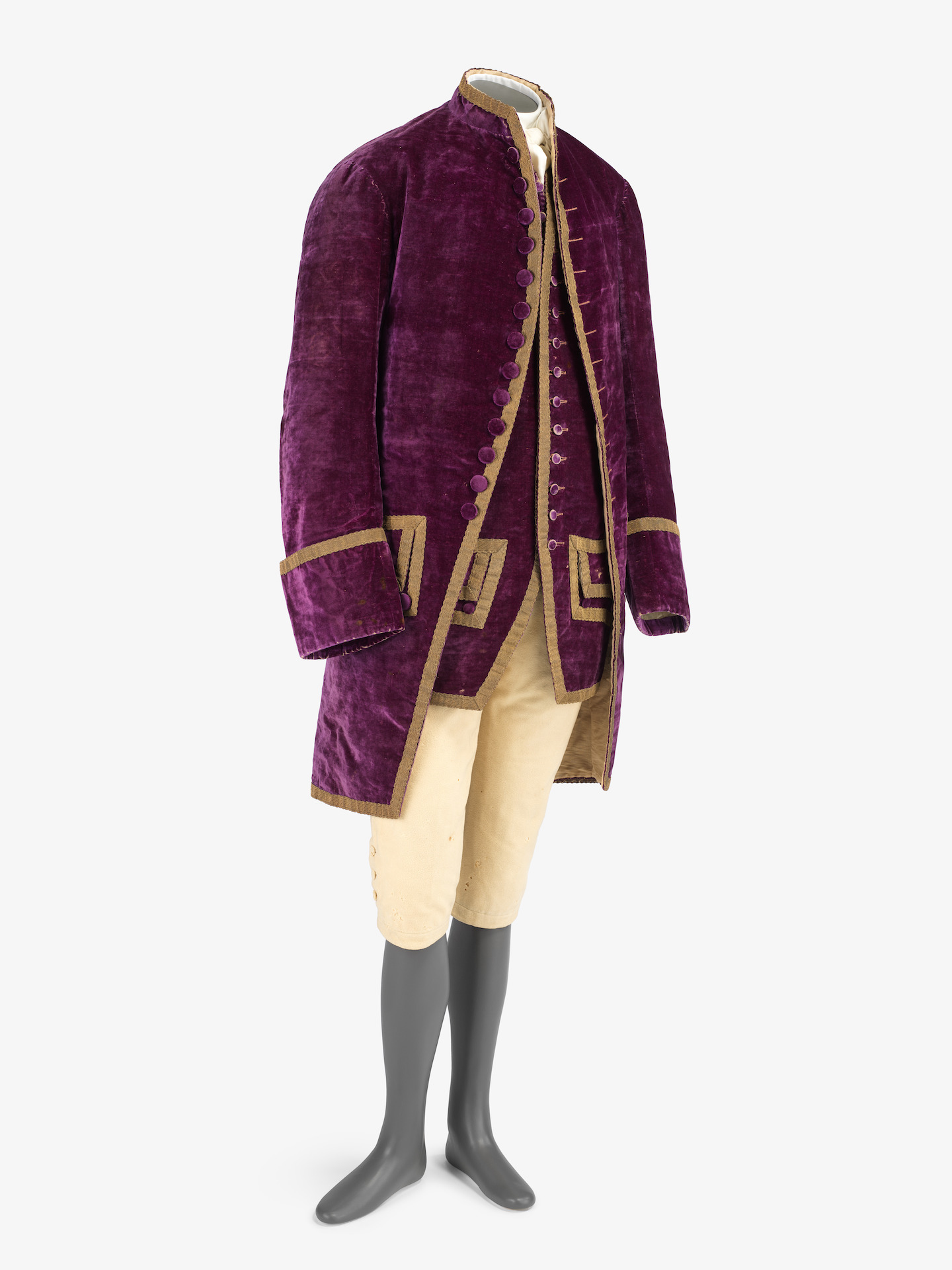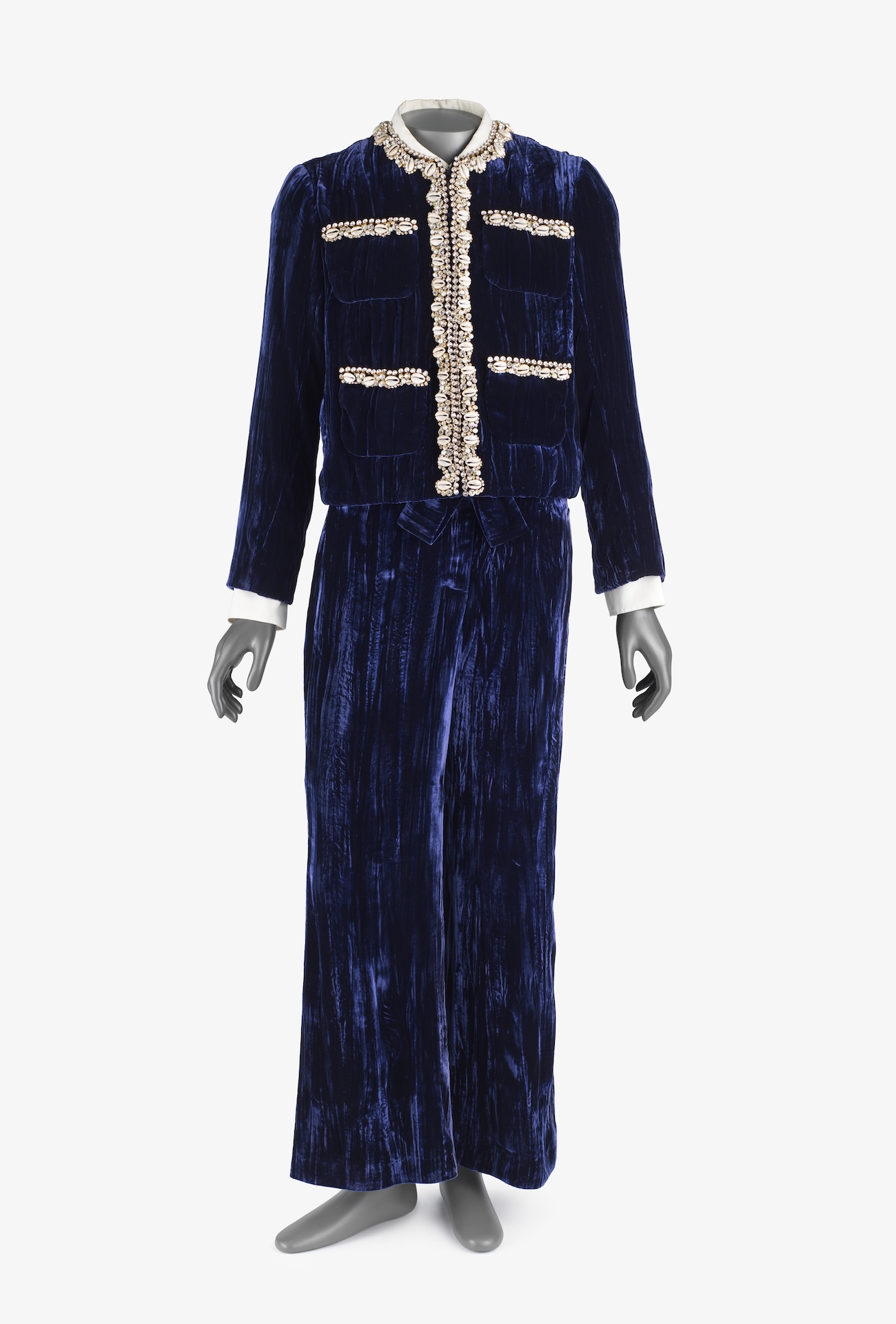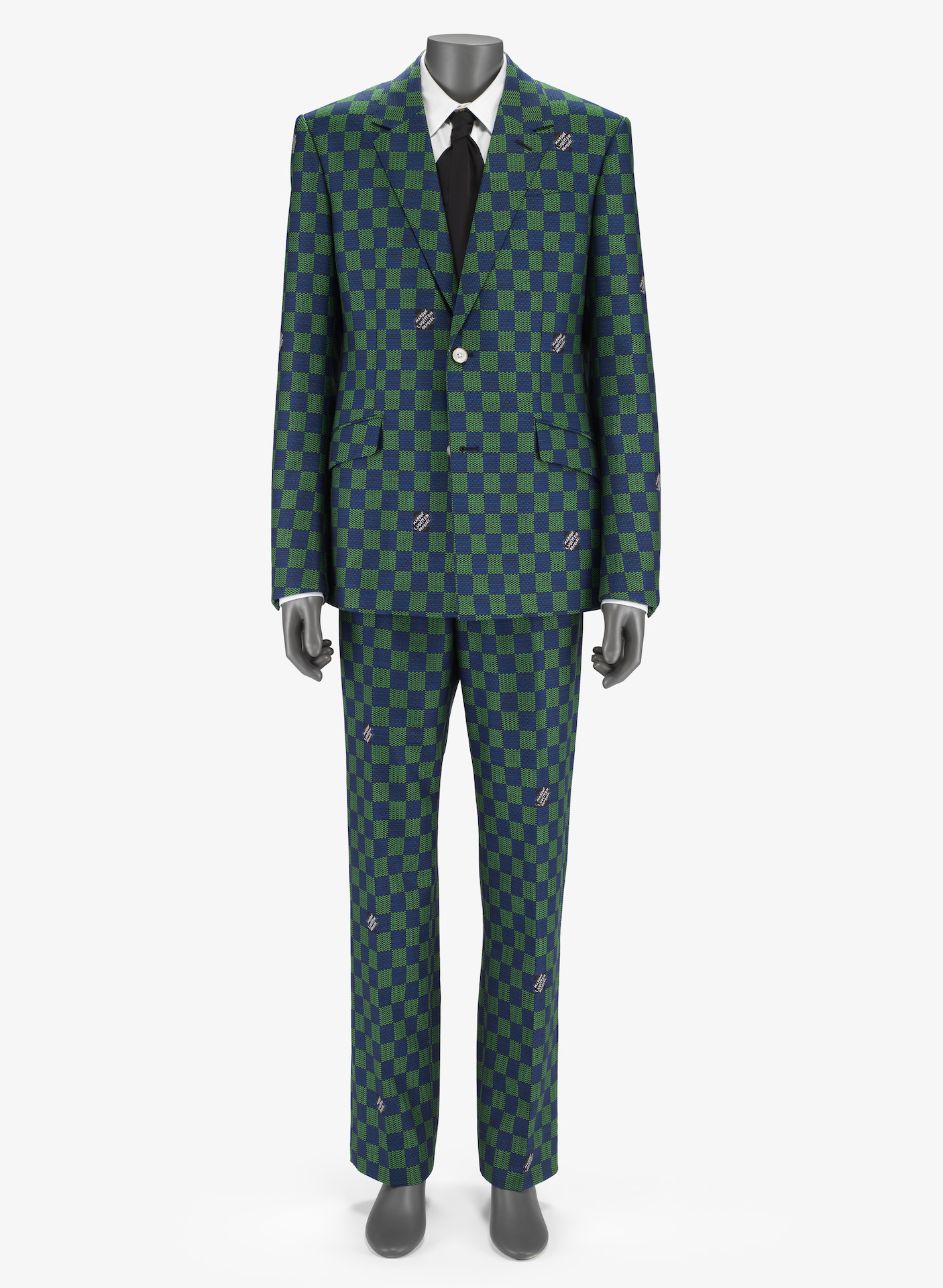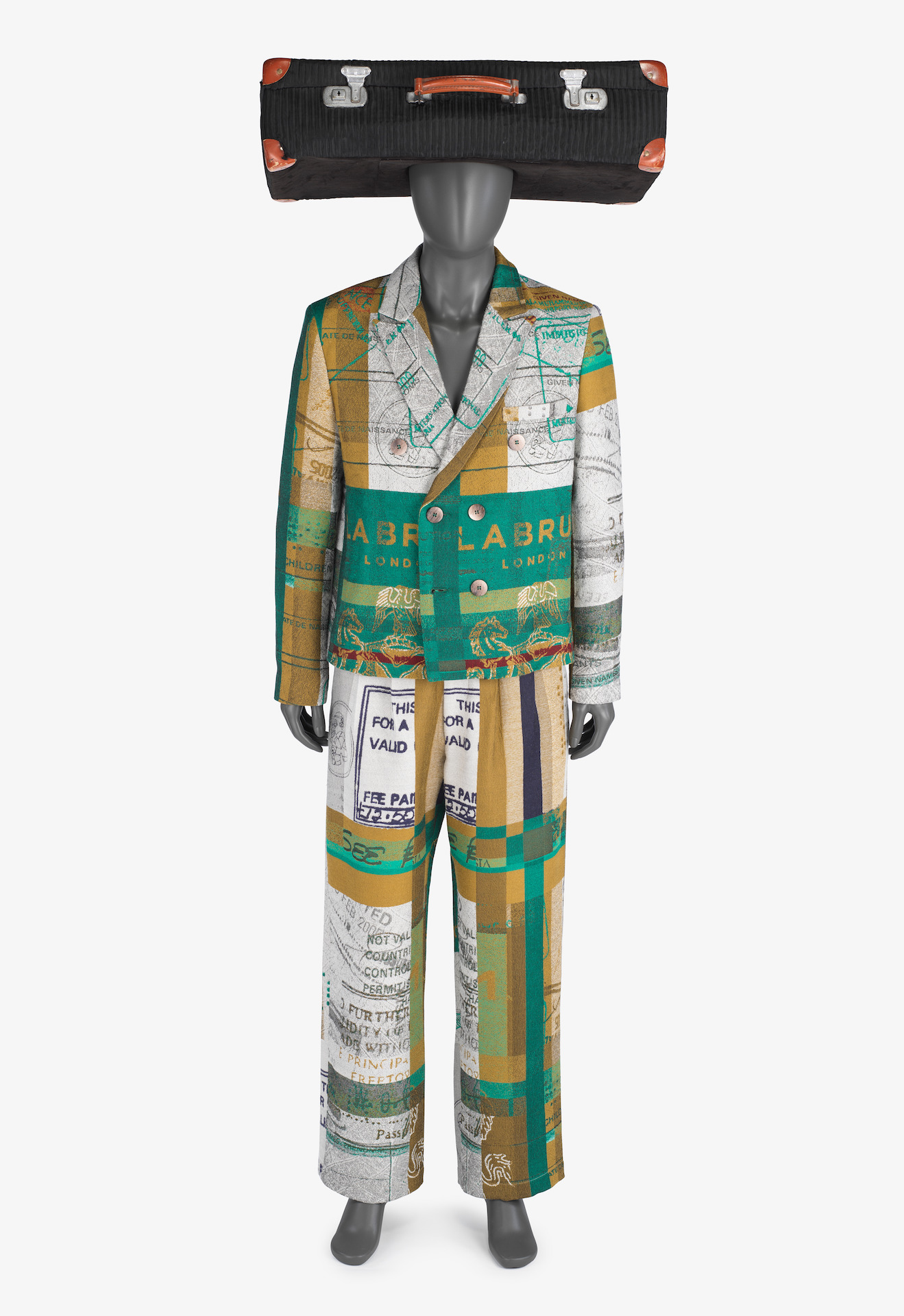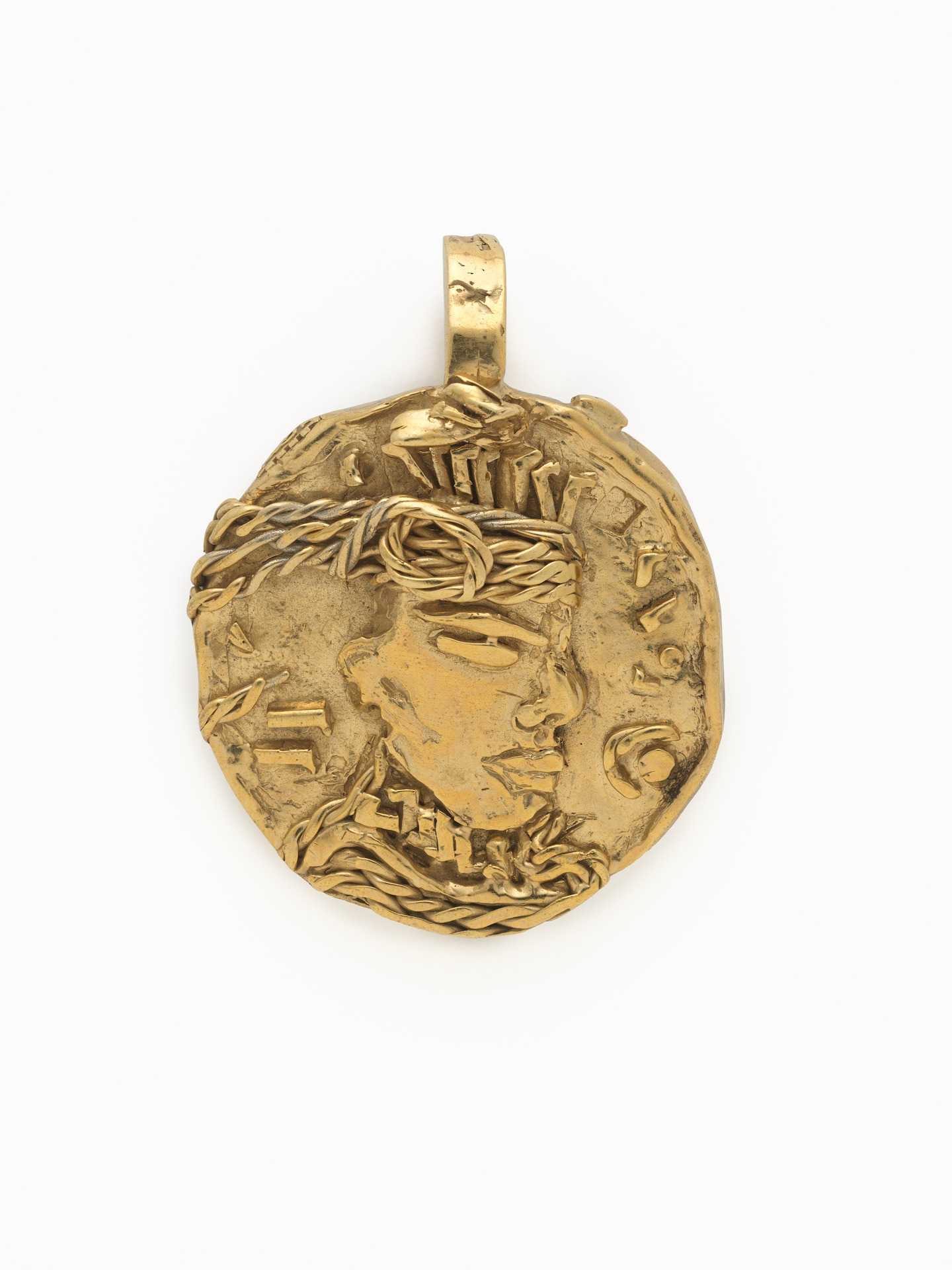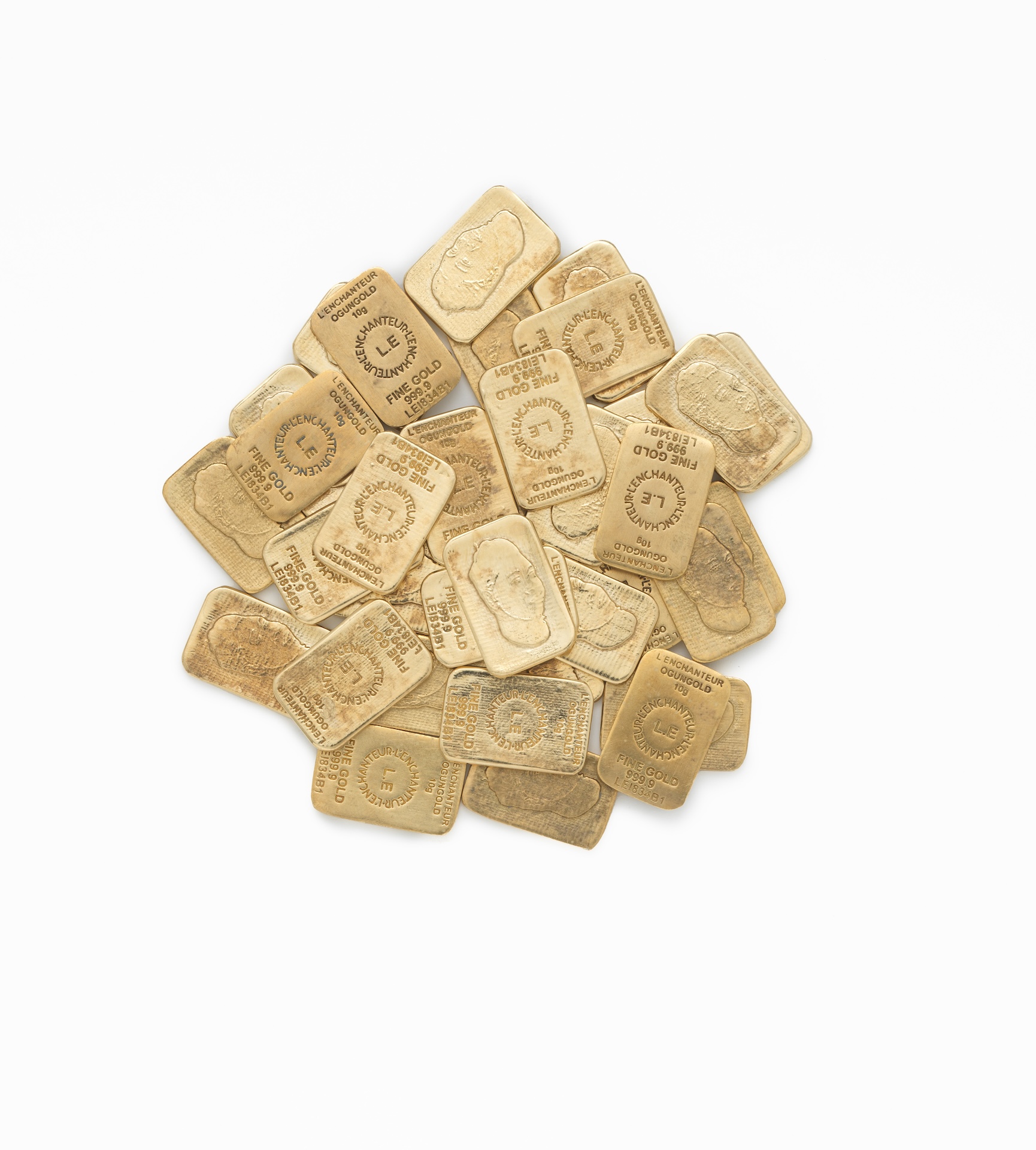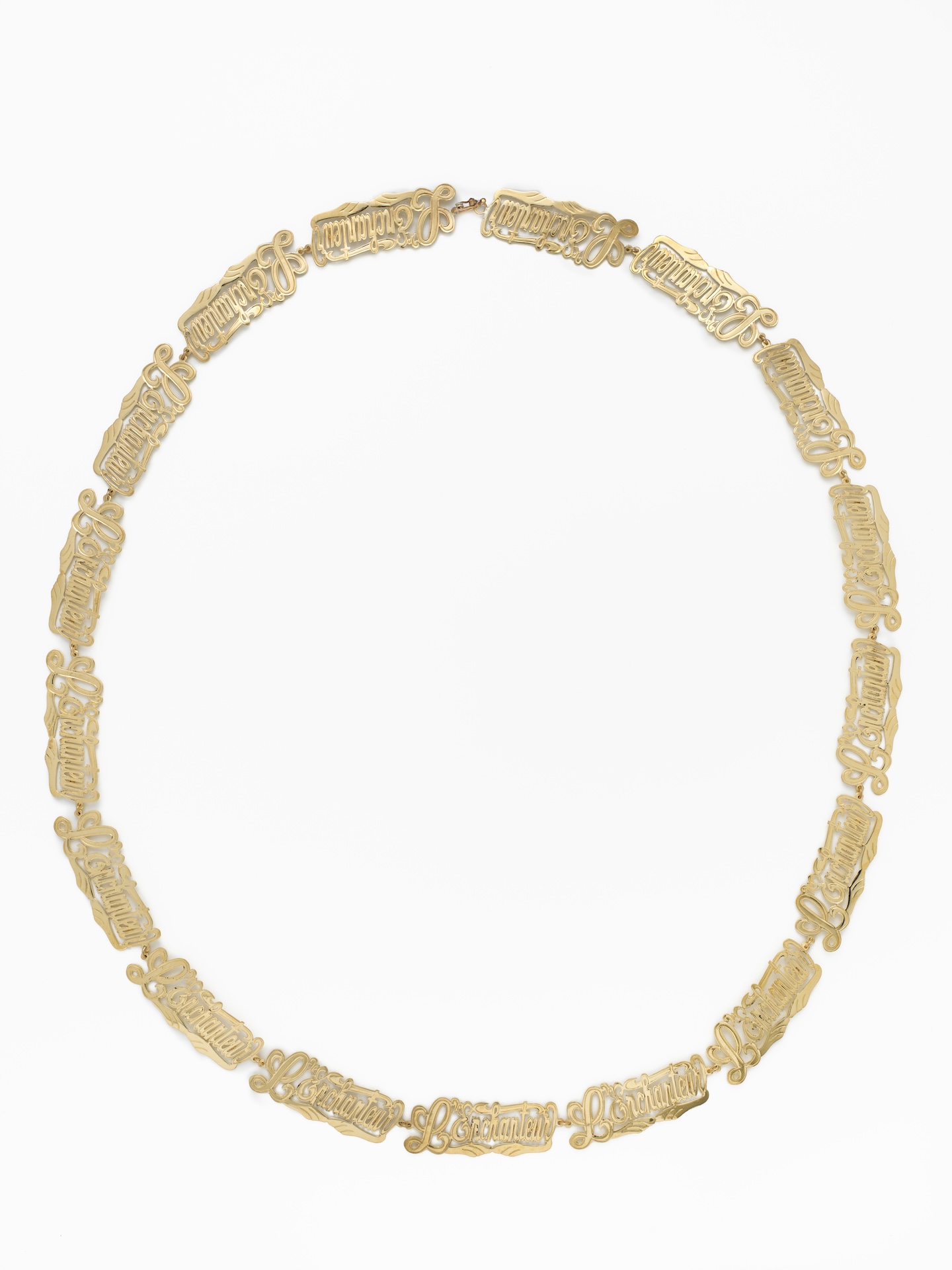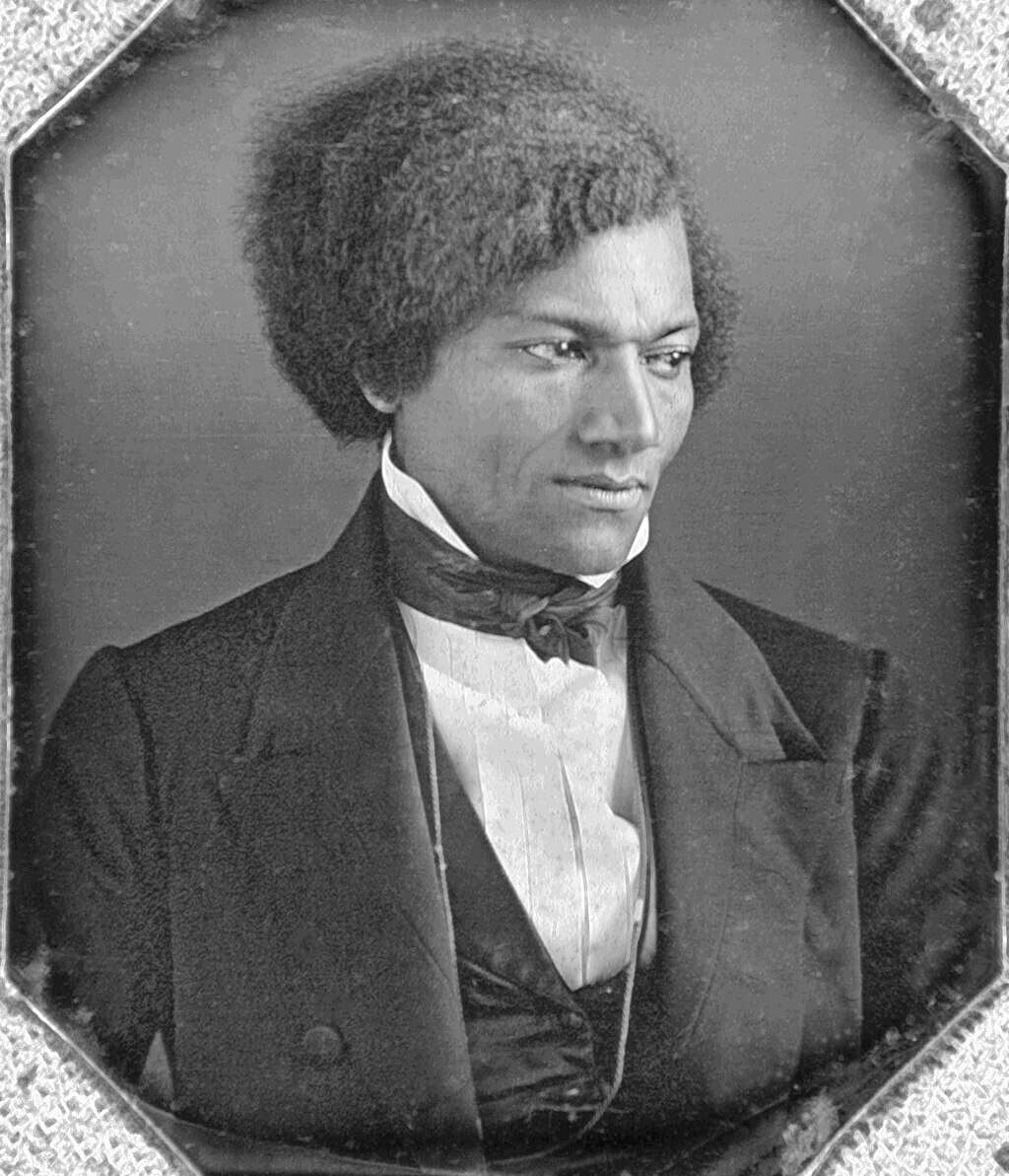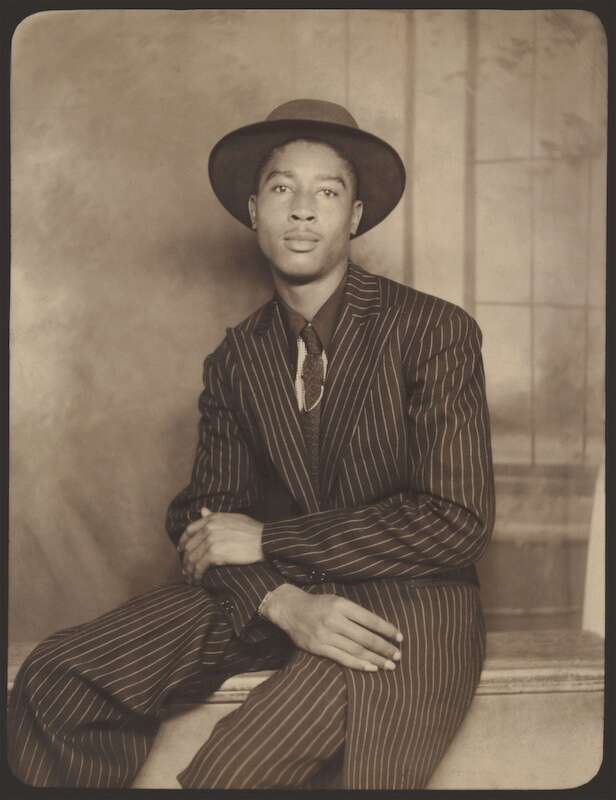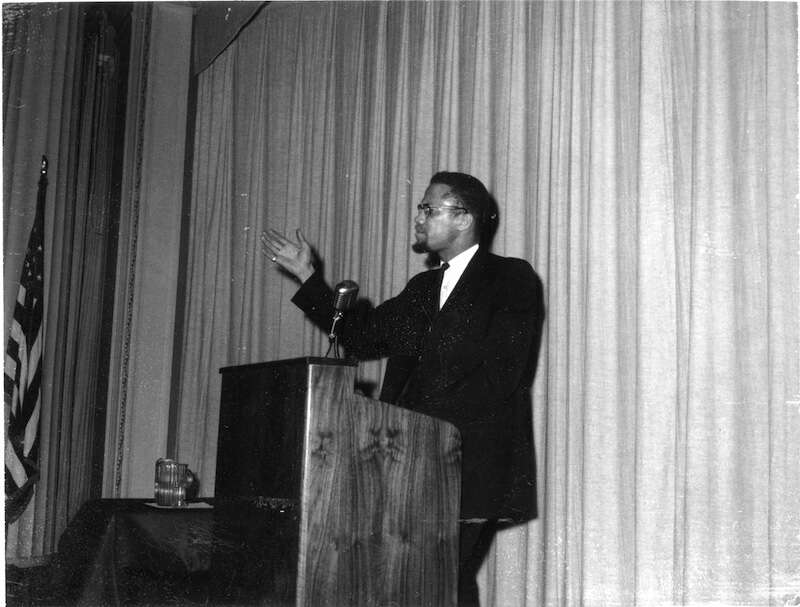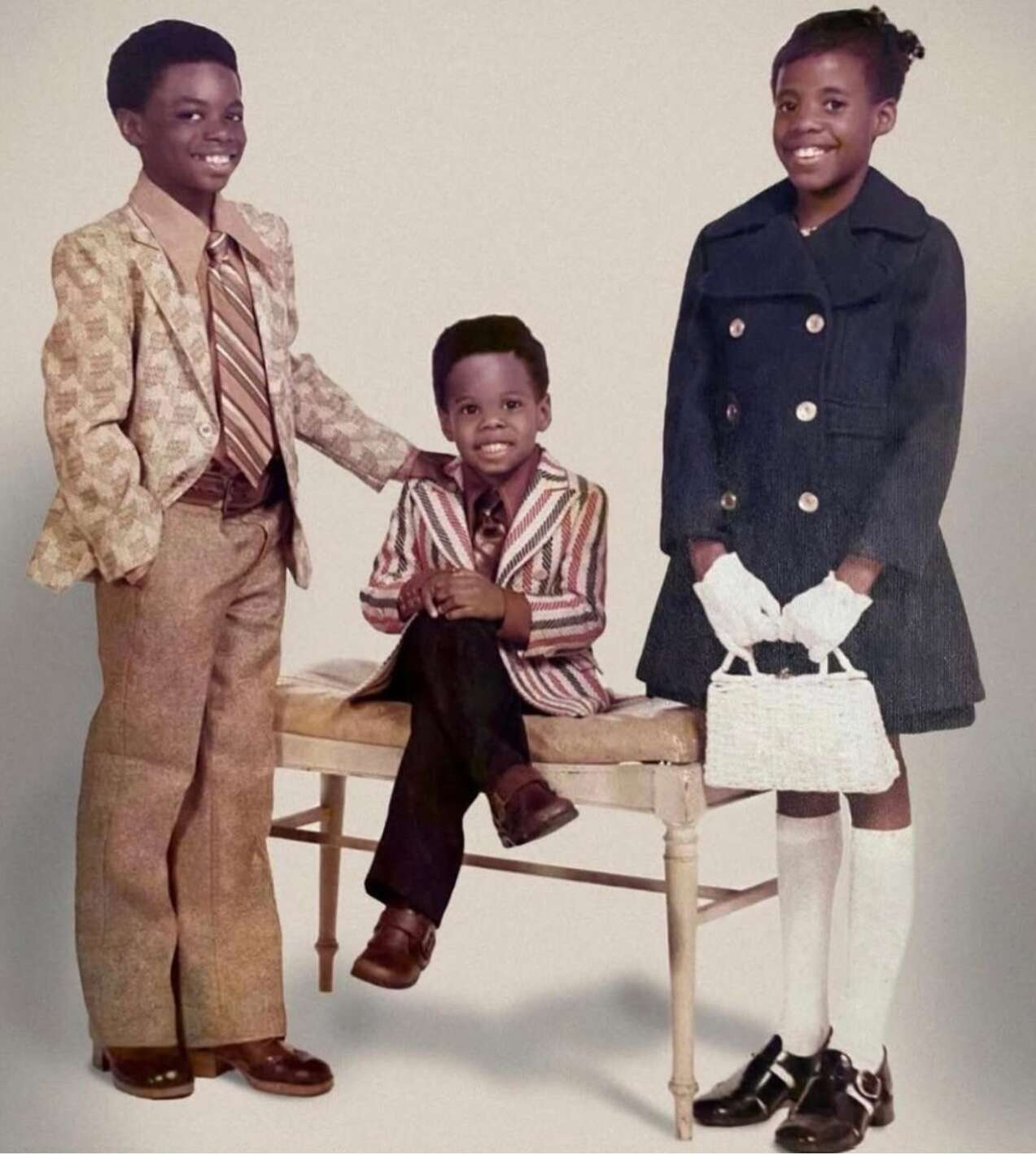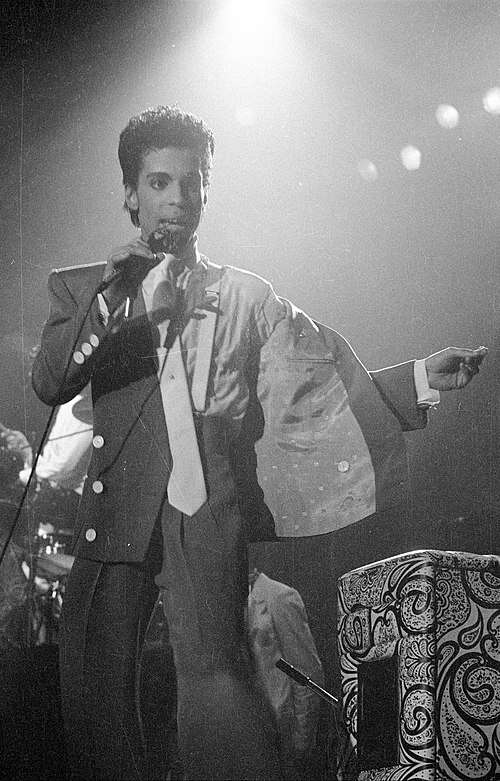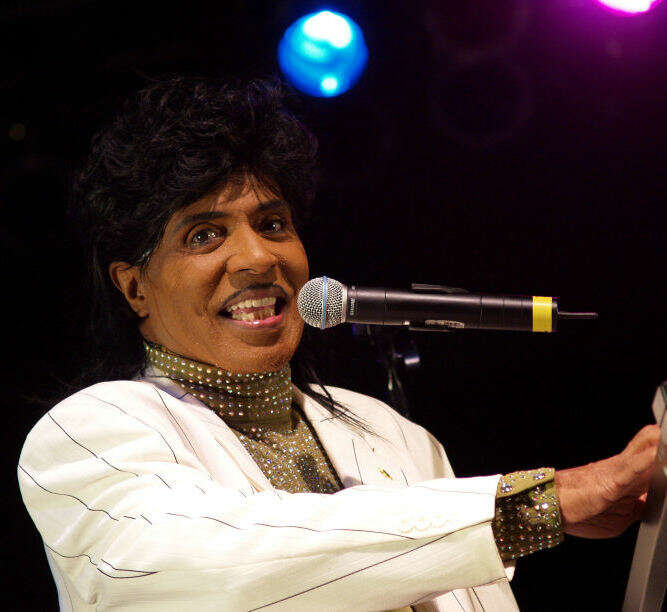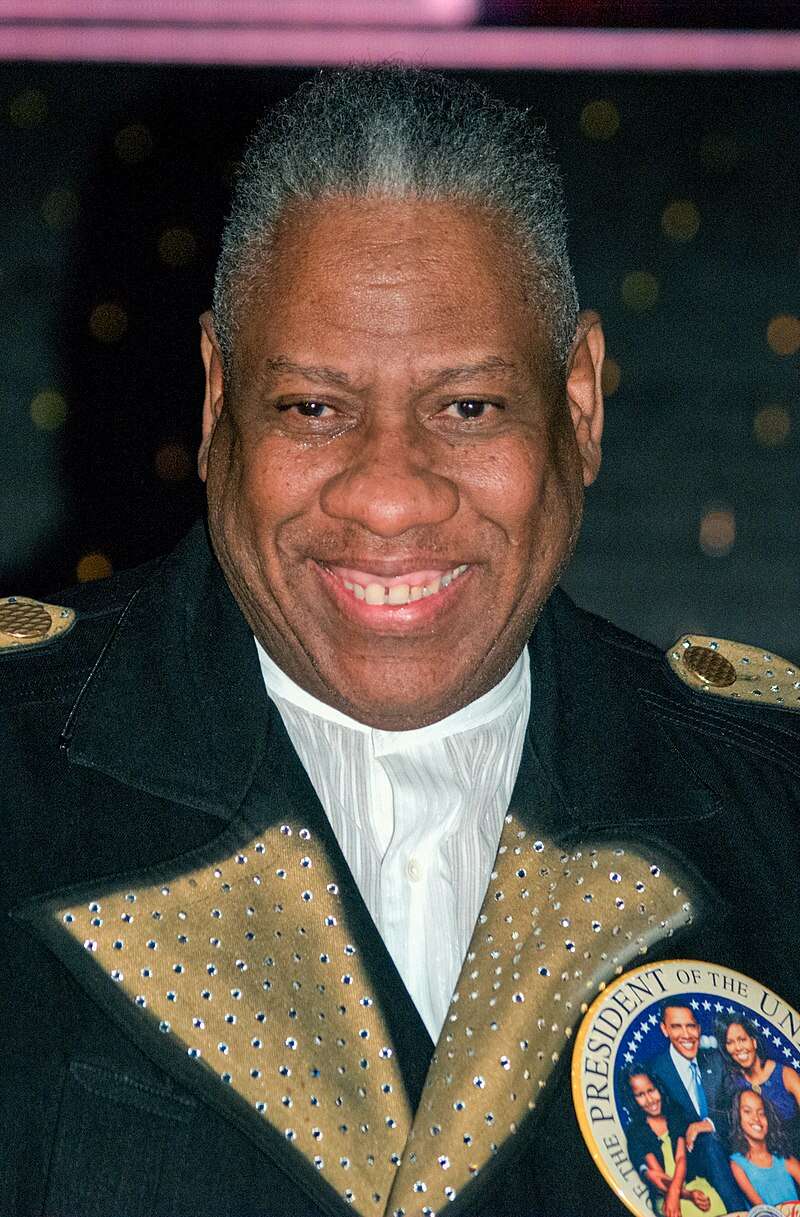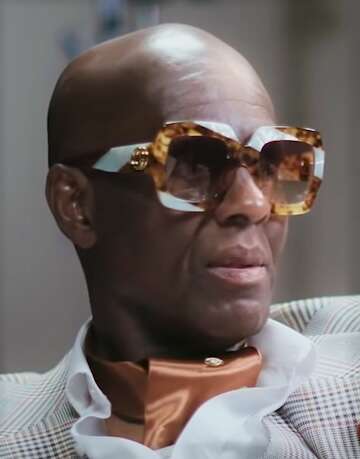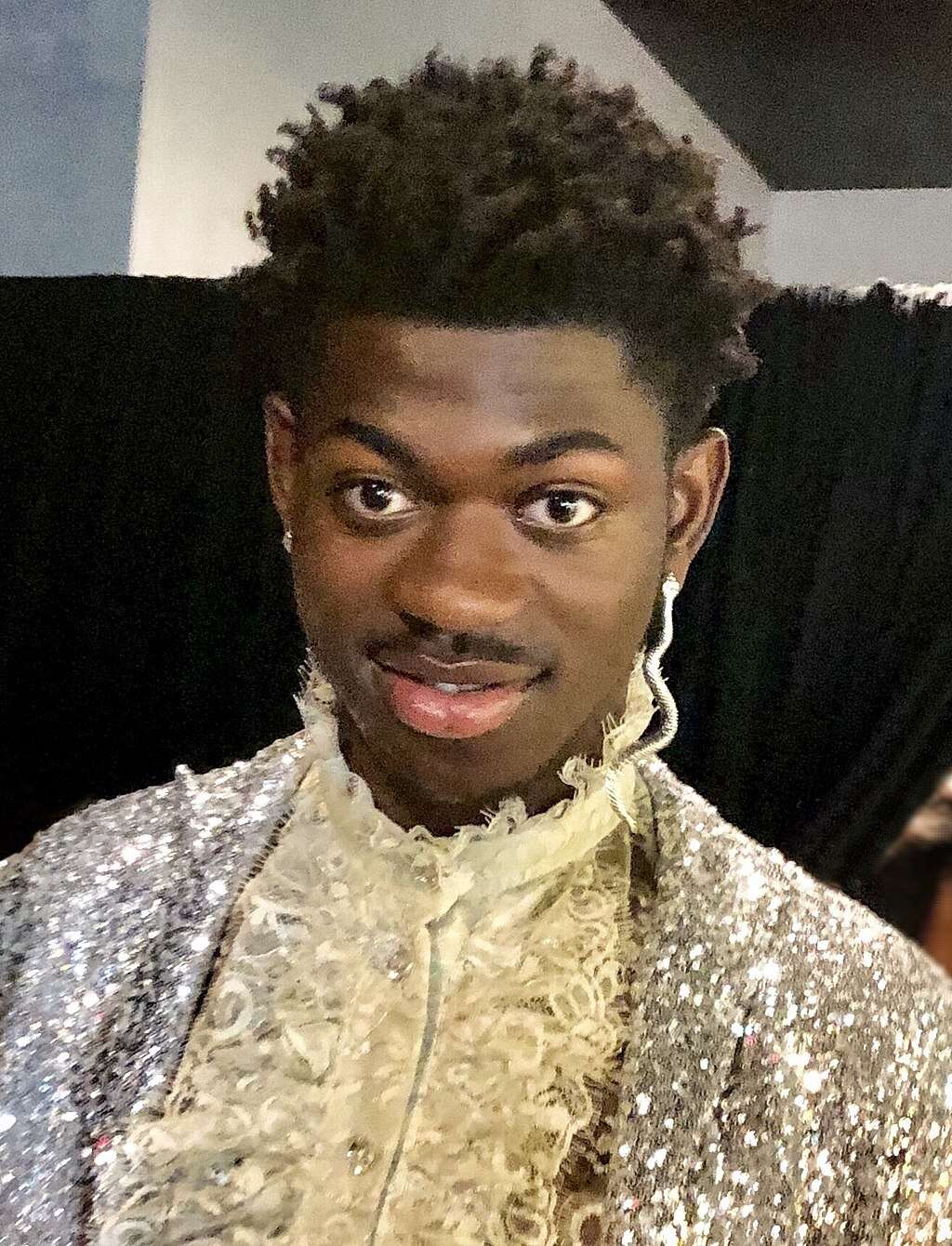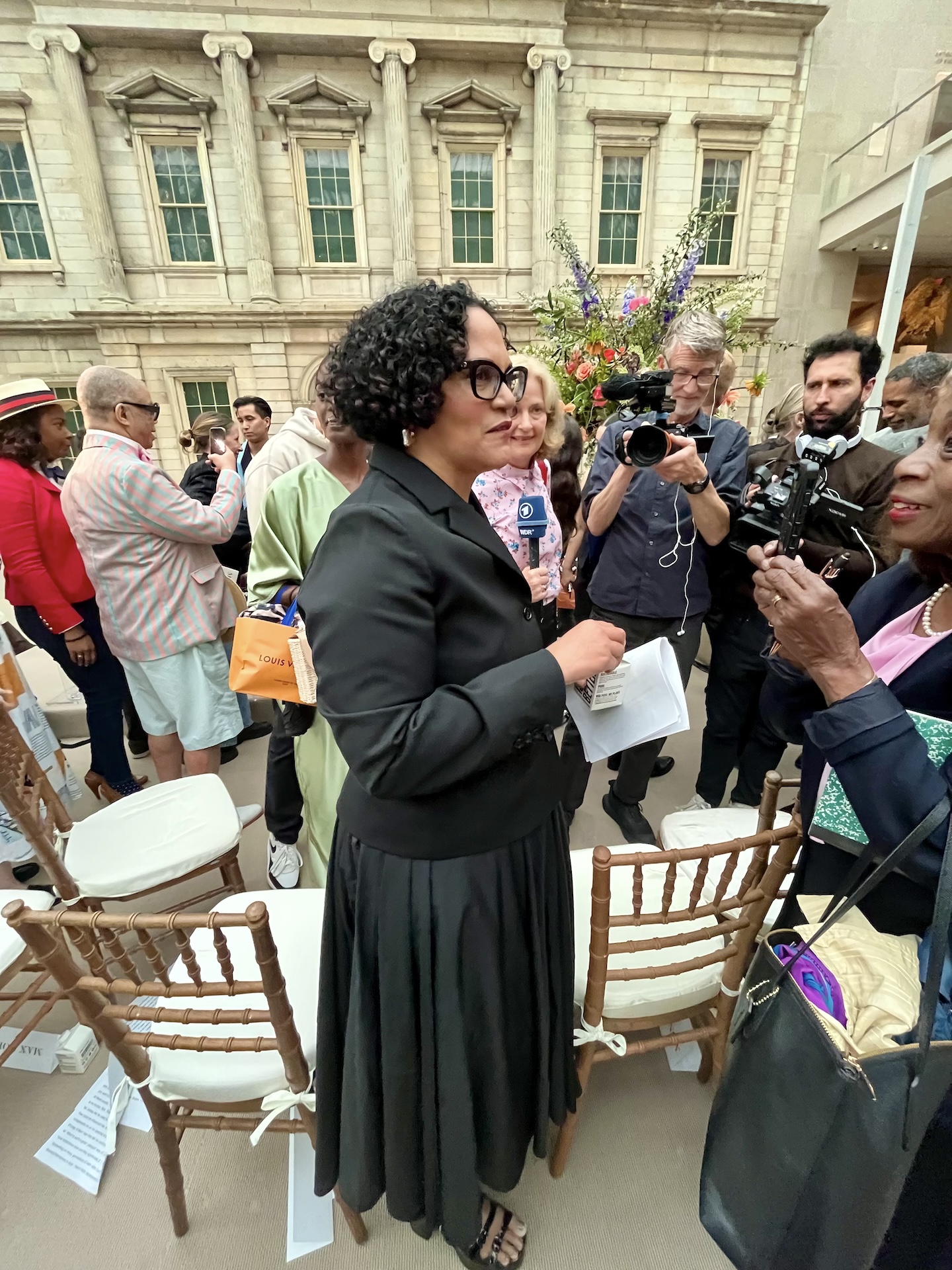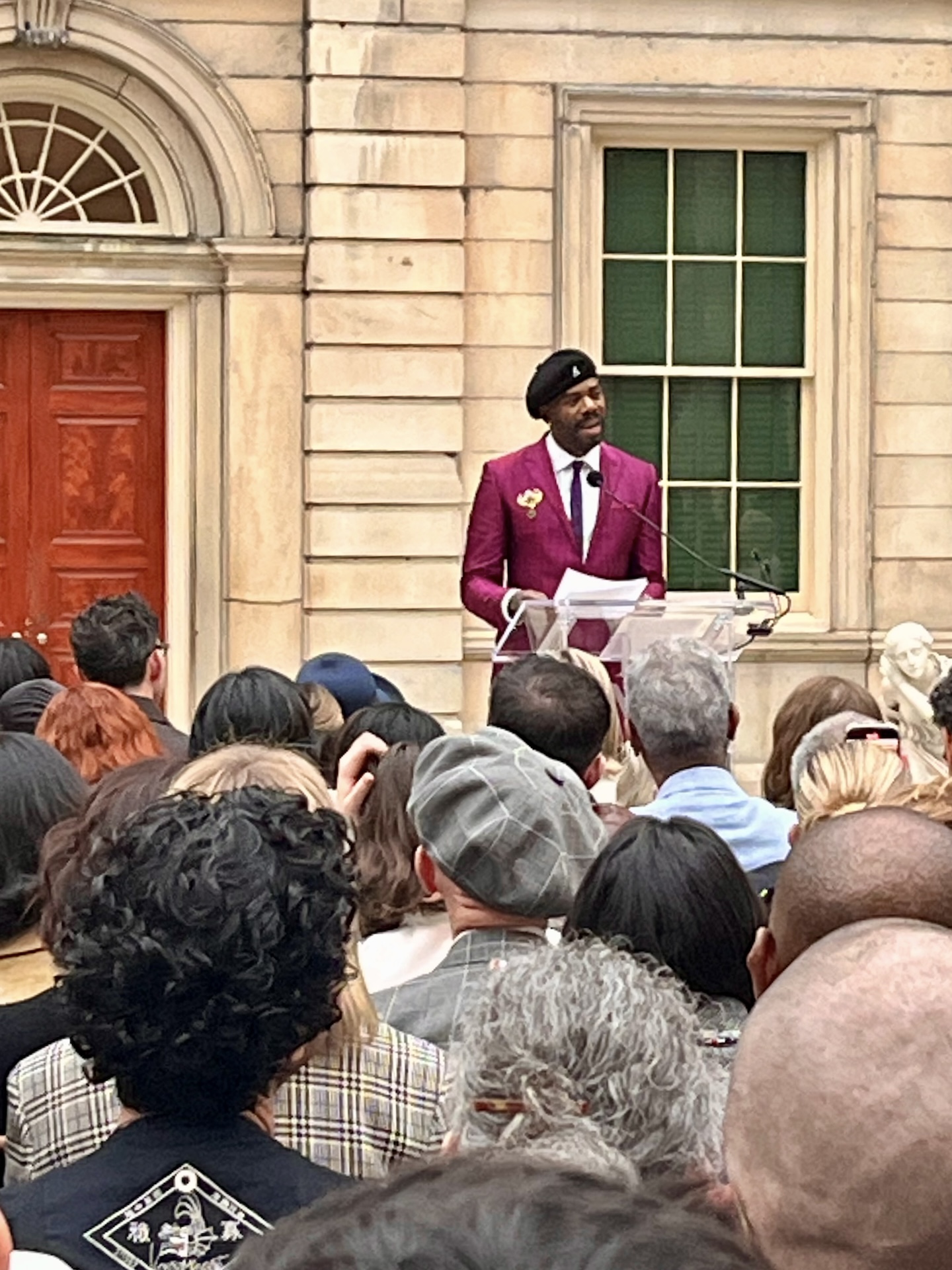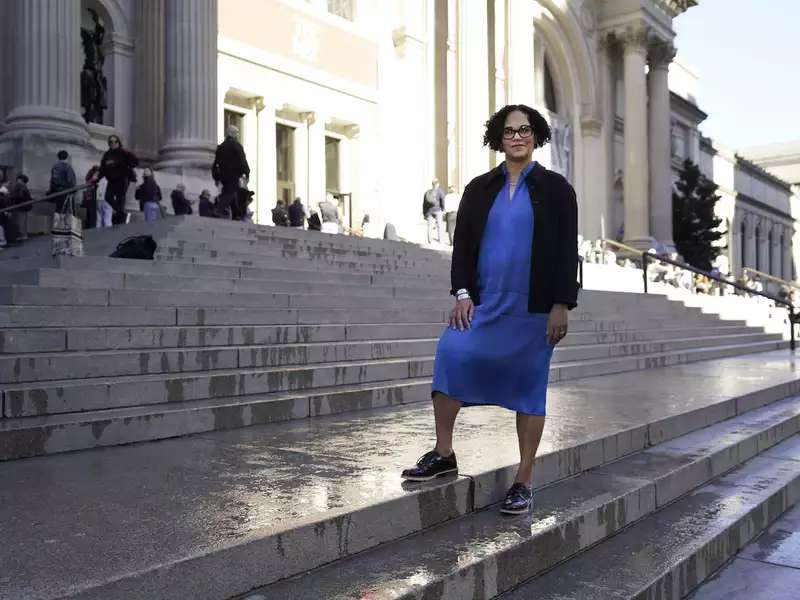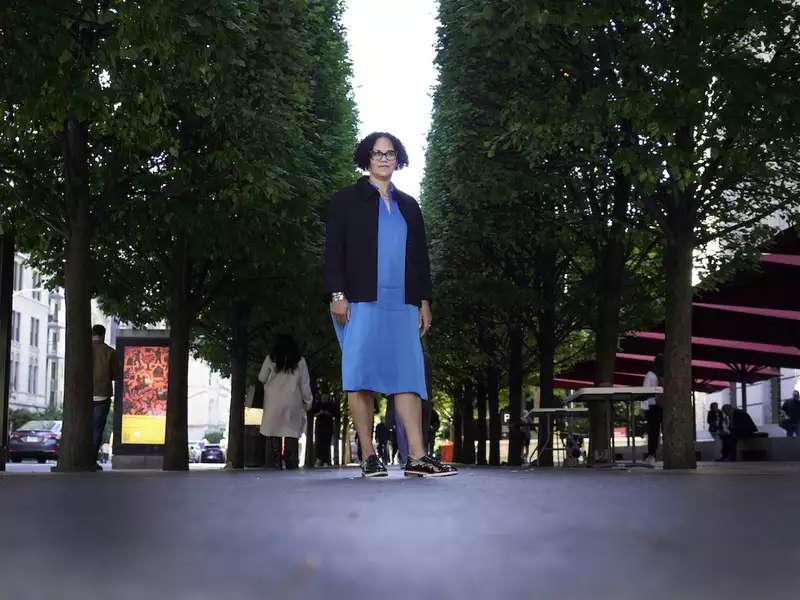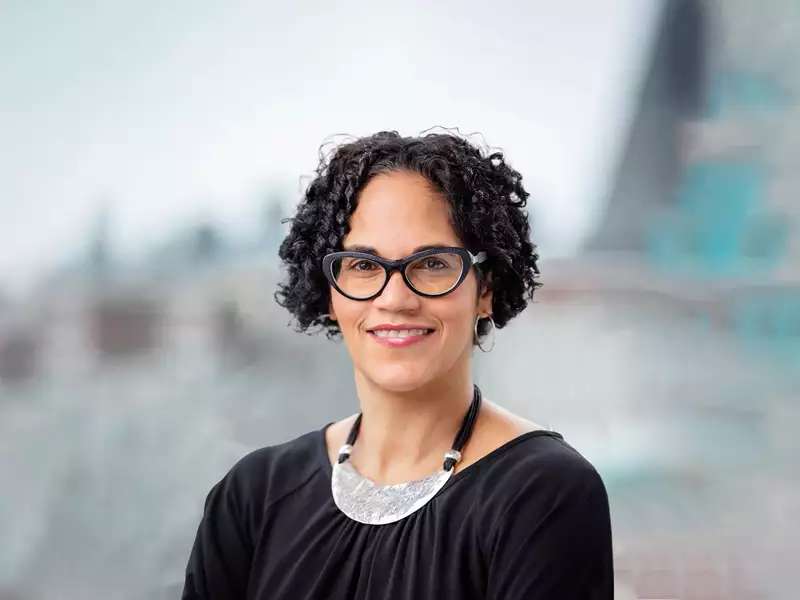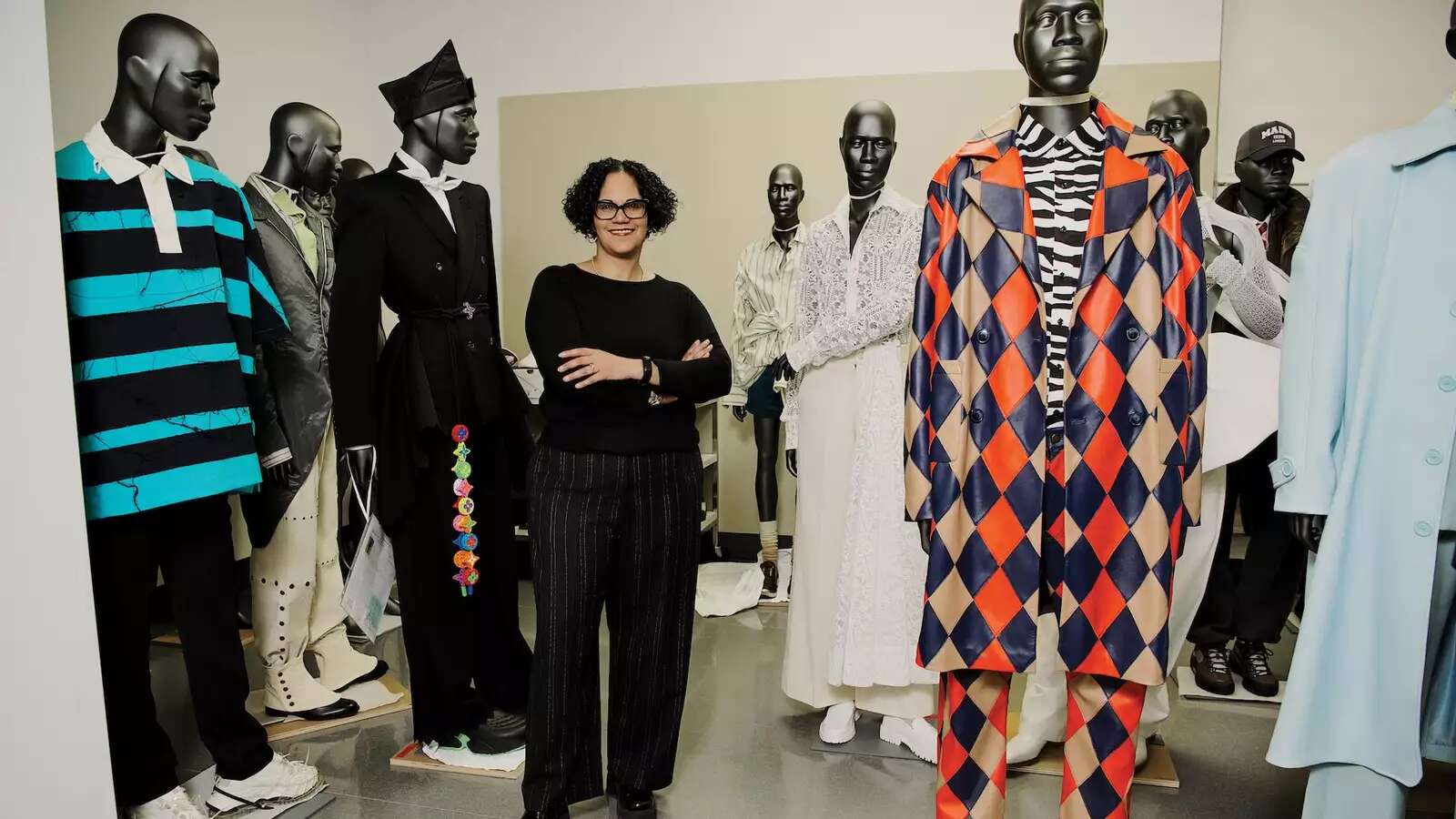
Top hats. Tailored tops. A monochromatic duster suit and matching loafers. These are some of the many pieces guest-curated by Barnard professor Monica L. Miller, who lent her expertise to the Metropolitan Museum of Art’s Costume Institute for this year’s exhibition, “Superfine: Tailoring Black Style,” on view through October 26.
For nearly a year, the professor and chair of the Africana Studies Department has split her time between Morningside Heights and the Met. There have been press events, interviews, and design meetings for the exhibition catalog. There have been in-depth discussions on which objects to show, the handling of the garments, and, ultimately, how they will tell the story of Black dandyism — the practice of using fashion as a form of self-expression, resistance, and empowerment. Back on campus, Miller continued teaching, including a two-hour seminar on the Class of 1928’s Zora Neale Hurston, whose 1934 essay “Characteristics of Negro Expression” inspired the show’s framework.
Where Scholarship Intersects With Fashion
The Costume Institute’s curator-in-charge, Andrew Bolton, was inspired by Miller’s 2009 award-winning book, Slaves to Fashion: Black Dandyism and the Styling of Black Diasporic Identity, which explored the Black dandy from the Enlightenment in England to the contemporary art worlds of London and New York. Even though the Black dandy seemed like an apt subject for the Costume Institute to showcase, Miller admitted that she was stunned when Bolton contacted her about guest-curating the institute’s most high-profile exhibition of the year.
Upon joining Bolton’s team, she became the first guest curator contracted during his near decade as leader of the department. “Superfine” is the first show at the Costume Institute to feature only designers of color; it’s also the first time in 20 years that menswear is the focus, since 2003’s exhibition, “Men in Skirts.”
In Slaves to Fashion, Miller writes that “dandyism was initially imposed on Black men in eighteenth-century England,” during the Atlantic slave trade, when the desire to showcase well-dressed servants became de rigueur among wealth-flaunting aristocrats. Reimagining the fashion to suit their own styles, the men, oftentimes using irony, also redesigned pieces that eventually became part of their freedom ’fits after they were emancipated. Julius Soubise, for example, a formerly enslaved man from the Caribbean turned London socialite, complemented his look with diamond-buckled, red-heeled shoes.
Miller became familiar with the dandy when she read about Oscar Wilde during her studies of 19th-century British literature as an undergraduate. It wasn’t until she was in graduate school at Harvard, taking a class with Cornel West on W.E.B. Du Bois’s Souls of Black Folk, that the Black dandy and all of his complex politics and resistance came into full view for her.
The irony? Although Du Bois was known to be one of the most stylishly dressed Black men in the early 20th century, he was not keen on being called a Black dandy. Miller’s research found that as race came into play, dandyism, particularly during Du Bois’s time, could be seen as a stereotype related to blackface, all of which Du Bois fought against. Intrigued by how expansive Black dandyism could be perceived — and how well the subject fit into her scholarship on Black and American culture — Miller turned her Ph.D. dissertation on the subject into the book Slaves for Fashion.
“When you put a Black body in the mix, you are learning something about race, about class, and about gender. You’re learning something about sexuality,” Miller said. “Where I see people using dandyism as a strategy, a tool, I said, I could get a really long look at how Black people have negotiated any number of situations historically.”
Resisting in Style
At a time when the histories of Black people are being erased and the very existence of queer people is under threat, the show could not be more relevant. Highlighting garments worn by Black men, from enslavement into modern times, adds more than a stitch of resistance.
Olympic track and field champion and style icon Sha’Carri Richardson, who is also a Met Gala host this year, said in a statement released by the Met: “Our style isn’t just what we wear — it’s how we move, how we own our space, how we tell our story without saying a word.”
It is clear that Miller’s discussion of the relationship between fashion, identity, and power is one that resonates with those involved in the exhibition. Consider the co-chairs: musician Pharrell Williams (men’s creative director for Louis Vuitton), actor Colman Domingo (Miller’s muse), race car driver Lewis Hamilton, rapper A$AP Rocky, Vogue editor-in-chief Anna Wintour, and honorary chair and basketball legend LeBron James.
To tell the Black dandy’s story over time, the exhibition features more than 200 garments, accessories, drawings, prints, paintings, photographs, film excerpts, and more. Miller and the Costume Institute team organized the many items into 12 different categories, such as “Ownership,” “Disguise,” “Champion,” “Heritage,” and “Beauty.” One of Miller’s favorite pieces in the collection is a tailcoat, top hat, and vest worn by abolitionist Frederick Douglass in the 19th century.
Another favorite, cataloged in the “Heritage” section, was designed by Jacques Agbobly, a nonbinary, Brooklyn-based contemporary designer. The four-piece denim ensemble, embellished with beads, “is an homage to his aunts” and the earrings they wore when dressing for church, Miller explained. For Miller, style isn’t style until context is sewn in, and then it becomes a story.
The Veteran Historian
Scaling a book into an artistic and historical extravaganza might have unraveled other scholars, but not Miller. Her book Slaves to Fashion — the genesis of “Superfine” — covers 300 years of Afrodiasporic history. It was one of the first academic monographs to analyze how Black people used fashion, dress, and style to imagine their political and cultural possibilities. Since its release, Miller has been a sought-after cultural historian on the politics and aesthetics of Black style. She has previously consulted for the Museum at FIT’s “Fresh, Fly, and Fabulous: Fifty Years of Hip Hop Style” and the “Africa Fashion” exhibition created by London’s Victoria and Albert Museum, and she will consult on the New-York Historical Society’s upcoming exhibition on the LGBTQ+ Harlem Renaissance.
Working on “Superfine,” she said, really stretched her intellectually. She pulled from texts read in grad school, much of it material that didn’t make it into her book, and from a Barnard class she taught on stereotypes and performances of race. The balance came from what she intuitively knows of “what it means to be embodied as a Black person.”
When the time comes for Miller to translate the exhibition into a fall course at Barnard, she said, she will “reverse the process.” She plans to use research from the exhibition catalog to teach a cultural history of Black fashion and dress through the lens of dandyism. Students will have the opportunity to visit the exhibition on their own and with Miller when the museum is closed.
“I hope that people recognize something from their own lives or from the lives of their family,” she said. “Every time we talk about the exhibition, people come with stories, and I’m really excited to hear them because some of these histories mean so much to Black people — in particular, people of color, queer folks. That’s what I’m looking forward to.”
